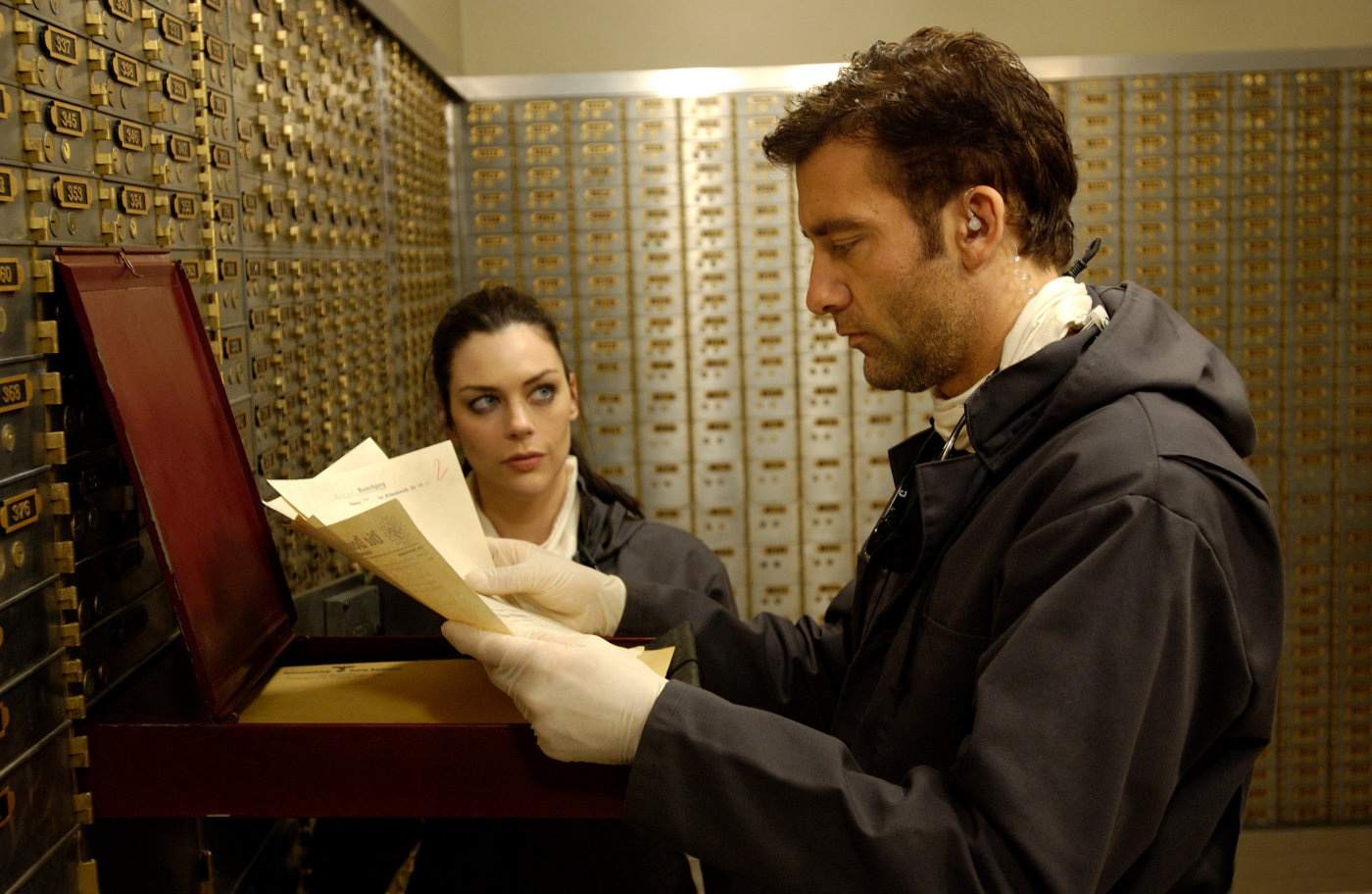Inside Man
Inside Man (2006), directed by acclaimed filmmaker Spike Lee and written by Russell Gewirtz, is a masterfully constructed heist thriller that subverts expectations and keeps viewers guessing until the final frame. Starring Denzel Washington, Clive Owen, and Jodie Foster, the film explores themes of justice, deception, and morality through a complex narrative structure and sharp dialogue, offering more than just the typical bank robbery plot.
The story unfolds in New York City, beginning with Dalton Russell (played by Clive Owen) directly addressing the audience, claiming he has committed the perfect robbery. What follows is a tense, intricately layered series of events that take place over a single day. Russell and his crew take over a Manhattan bank, hold hostages, and appear to stall for time, all while keeping their true intentions concealed. Meanwhile, Detective Keith Frazier (Denzel Washington), a seasoned NYPD hostage negotiator, is brought in to resolve the standoff. As the situation drags on, Frazier begins to suspect that the robbery is more than it seems—and that the criminals may be playing a deeper game.

What sets Inside Man apart from traditional heist films is its focus on character development, moral ambiguity, and social commentary. Rather than glorifying the robbers or painting the police as entirely heroic, Spike Lee gives every major character dimension and nuance. Russell is intelligent, calm, and eerily precise—far from the cliché of a violent criminal. Frazier, on the other hand, is a dedicated but flawed detective, haunted by a past case and struggling with internal pressures. The addition of Jodie Foster’s enigmatic character, Madeleine White—a high-powered “fixer” hired by the bank’s chairman to protect a dangerous secret hidden in one of the vaults—adds a layer of political intrigue and ethical complexity to the narrative.
The film’s non-linear editing, with flash-forwards to post-robbery interrogations of hostages, builds suspense and deepens the mystery, as viewers try to piece together what truly happened inside the bank. Spike Lee’s direction is both stylish and subtle, incorporating his signature touches—such as dynamic camera angles, socially conscious undertones, and references to real-world issues—without ever overshadowing the plot. Terence Blanchard’s jazzy, tension-laden score enhances the film’s atmosphere, while the cinematography captures the claustrophobia of the bank and the high-stakes drama outside.

At its core, Inside Man is more than a clever crime thriller—it’s a meditation on power, corruption, and the thin line between justice and revenge. The film challenges viewers to question the motivations of every character and to reconsider what constitutes right and wrong in a world of hidden agendas. The final twist, delivered with subtle brilliance, redefines the entire narrative and leaves a lasting impression.
Critically acclaimed and commercially successful, Inside Man remains one of Spike Lee’s most accessible and tightly crafted films. It blends mainstream entertainment with intellectual depth, offering a rare combination of suspense, intelligence, and socio-political commentary. Nearly two decades after its release, it continues to stand as a high watermark in the heist genre.


